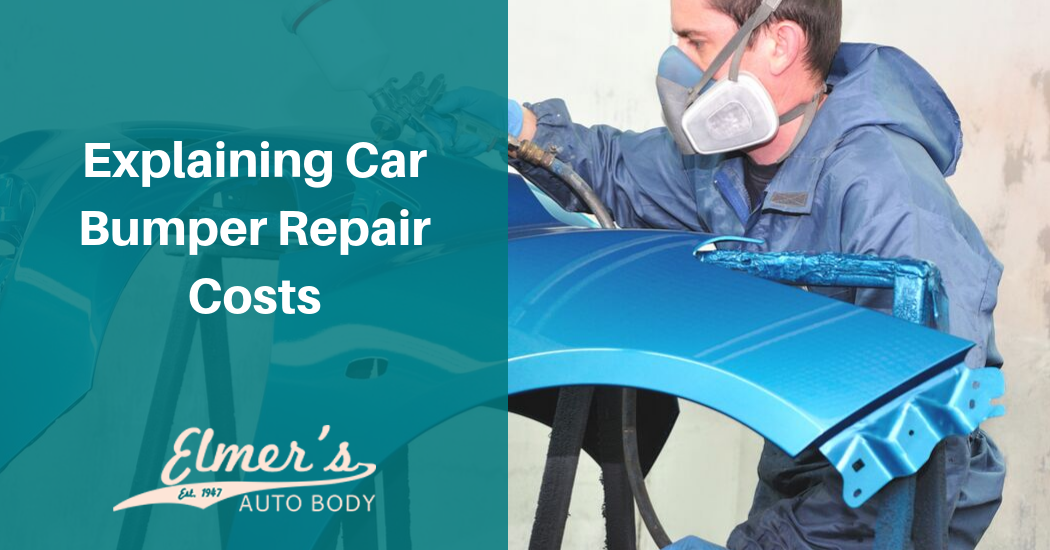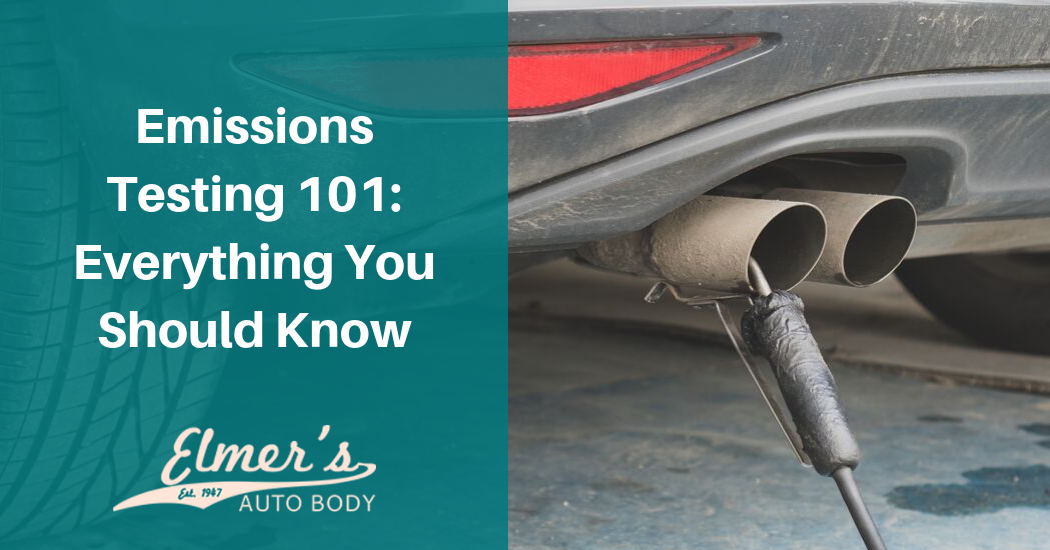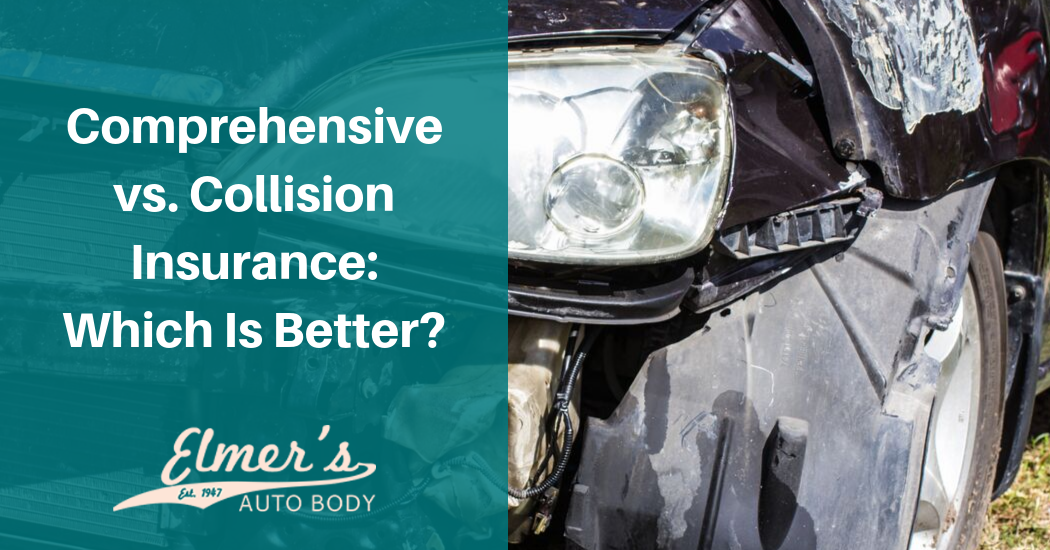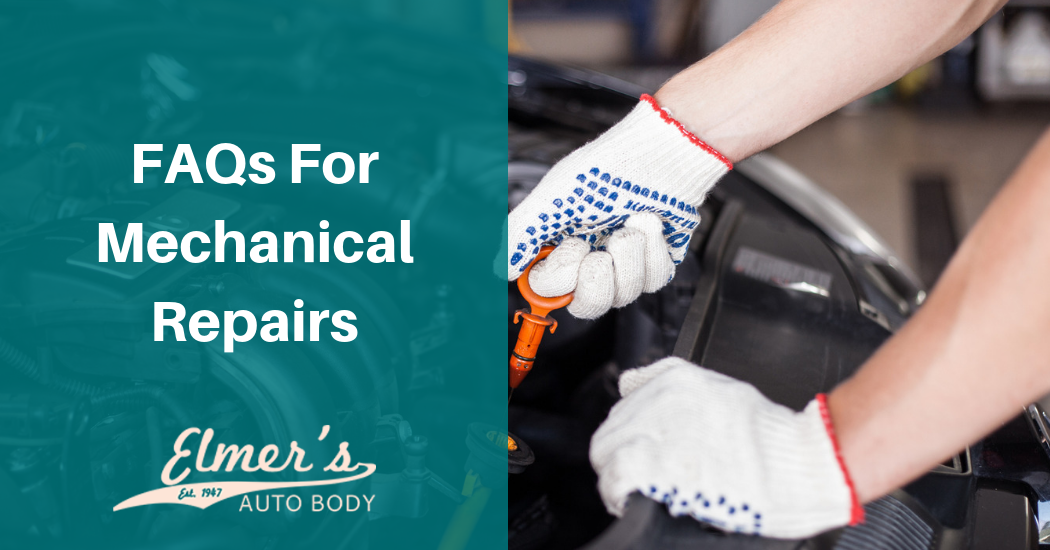Having a child can make car insurance cheaper but the steps involved in making that happen concern a number of changes and policy adjustments. Savings can be realized with a family addition, but rates are no doubt going to be higher for carrying an older child or teenager as opposed to a baby or toddler. So, just what makes an insurance policy less costly when it comes to children? There are different circumstances that can have an impact on insurance costs. Here are a few particulars that will affect insurance costs when it comes to children.
Family Changes
Anytime a family member, particularly a new baby, is added to a family there are considerations to be made with car insurance. The safety of a child needs to be assured and that means assessing current insurance coverage and including coverage that benefits a child’s welfare, at an affordable family rate.
Vehicle Capacity
When you think of providing affordable insurance coverage for a new baby, you have to take a look at your vehicle’s capacity. Is it large enough to accommodate a baby car seat, a baby carrier, diaper, blanket and clothing bags as well as food and bottle bags, a stroller and any other items that are necessary to have on board.
Safer Vehicles
A large, heavy-duty vehicle is going to withstand crashes better as well as provide safety. A larger and safer vehicle, like a van or SUV, may present the possibility of a lower premium. It’s to a family’s advantage to investigate larger and newer cars that are top-rated for worthiness and overall safety.
Newer vehicles are usually safer and better able to withstand collisions, and finding the right vehicle with built-in safety features is important. Vehicles with smart airbags, an airbag on/off switch, adjustable rear shoulder belt anchors, rear shoulder belts, (LATCH) Lower Anchors and Tethers, active head restraints, automatic door locks, child safety locks, push/pull window switches, driver-operated window disabler, anti-pinch automatic windows, accident avoidance system, collision warning, transmission shift interlocks, built-in GPS and a host of other safety features that even include teen driver systems are all features that can be of help in lowering car insurance premiums while protecting precious cargo.
Lower Risk Drivers
Owning a larger, safer and newer car is a good precautionary measure, especially when it comes to transporting children. A new parent is more likely to drive in a responsible and safe manner when a baby or younger child is riding in the same vehicle. A conscientious driver is more likely to receive lower premiums as opposed to an adult who has no children and has a less than stellar driving record. In addition, married adults usually pay lower premiums for coverage than single individuals, as married couples are considered lower-risk drivers.
Lower Premium Possibilities
Though not every parent owns a home, there are those planning on a family who do own property of some kind, which probably qualifies them for a discount or lower insurance rates. Lower premiums are also available to those who have an additional policy through the same insurance company for both their car and home. Joint policies with multi-car, multi-driver discounts are another good way to secure lower rates. Any connection with driver safety and the ownership of a newer car can prompt discounts or lower premiums.
Home Ownership
Buying a home or condominium and becoming a legitimate homeowner is another way to gain a discount on car insurance. Most insurance companies offer a homeowner’s discount on car insurance policies.
Revisions
When family dynamics change, it may be time to revise and increase your liability limits. With children and additional riders in a vehicle, the thought of a possible accident could create a real challenge. With added coverage, there is supplemental insurance available to relieve the cost of all damages. When coverage is limited, any other damages that exceed the limits of the policy will be the personal responsibility of the policyholder.
Deductibles
In addition to liability limits, you may want to look over your deductibles. When family size increases and finances and budgets change, premiums can be affected. As premiums for car insurance can fluctuate with deductibles, there are ways to budget them. You can either lower your deductibles, which will increase monthly insurance payments, or raise deductibles to keep your rates lower. It is advisable and makes sense financially to pay slightly more on a premium particularly if you have to make a claim. Out of pocket expenses will be lower if a claim does occur.
Discounts for Older Children
There are discounts that parents can qualify for in relation to their teen drivers. Professional driving schools, defensive driving courses, electronically monitored driving, good student discounts, and other incentives are available to parents who want to lower their insurance costs and keep their teen driver safe.
Whether you have younger or older children, there are approaches that can be of help in lowering your car insurance rates. It’s important to explore the best providers and their policies. You want to find a policy that will support a growing family and the changes that come with new family additions. If you need further assistance with finding that policy, complete the online contact form and a specialist will get back to you with the information you need to make an informed decision concerning your car insurance needs.






